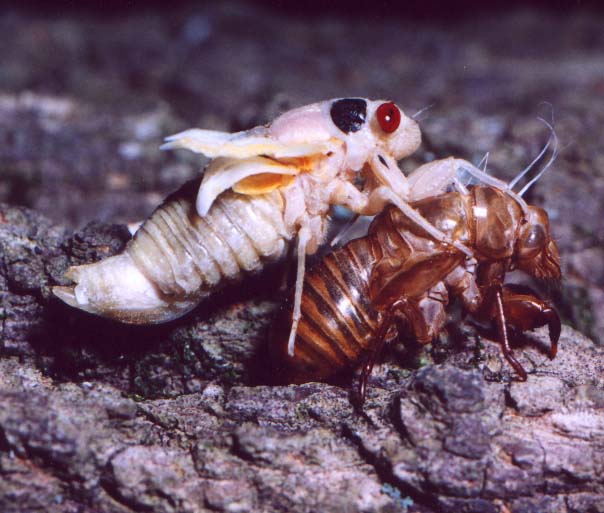Bill Lesar’s 2005 Megatibicen dorsatus Gallery. The genus of this cicada changed from Tibicen to Neotibicen, and not it is Megatibicen (circa 2020).

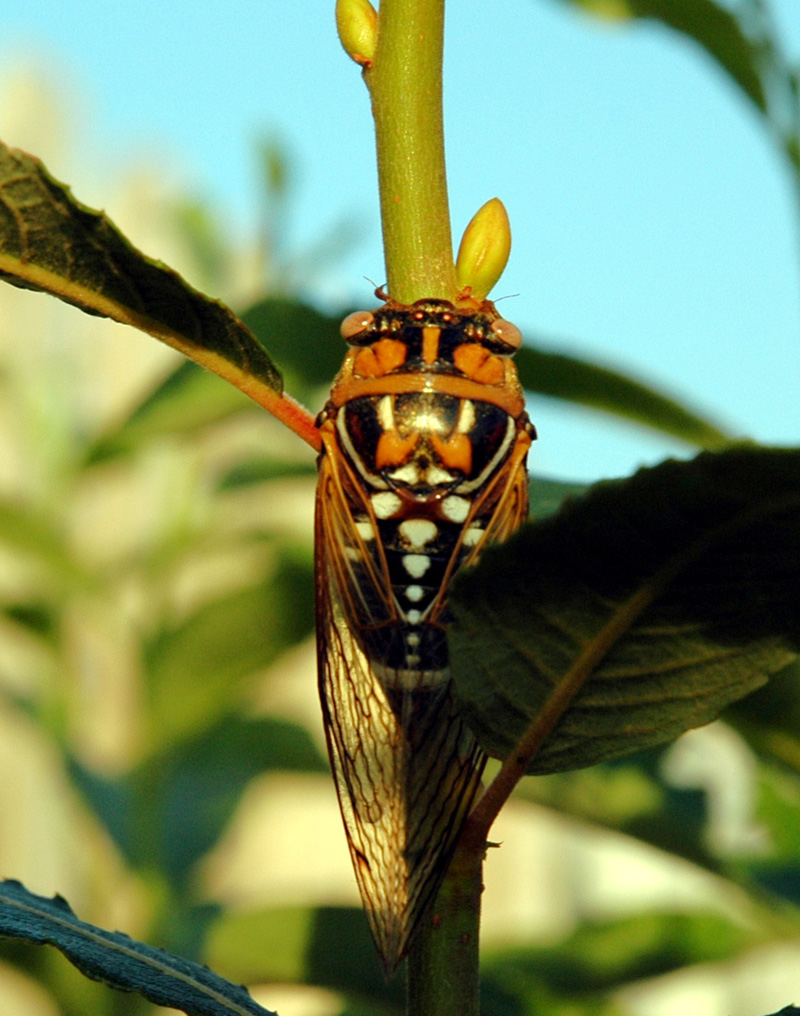
Photos & Illustrations of cicadas.
Bill Lesar’s 2005 Megatibicen dorsatus Gallery. The genus of this cicada changed from Tibicen to Neotibicen, and not it is Megatibicen (circa 2020).


This is a series of photos of a cicada molting by Gina Scarborough taken in Florida. It appears to be a Neotibicen sp, and definitely a cicada belonging to the tribe Cryptotympanini.
The pink color is amazing. Click the photos to get to larger versions.
Nymph:
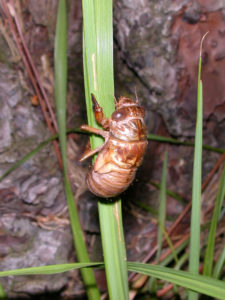
Splitting the skin:
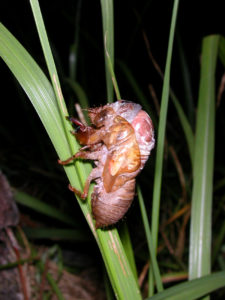
Head coming through:
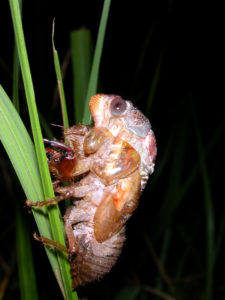
Mesonotum is out:
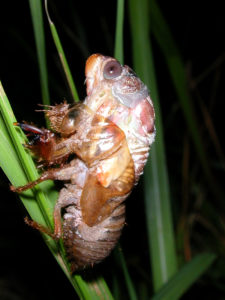
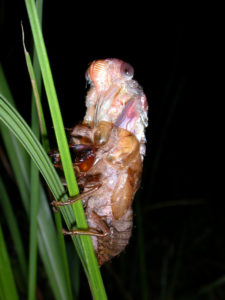
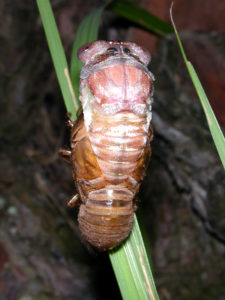
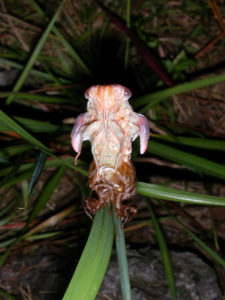
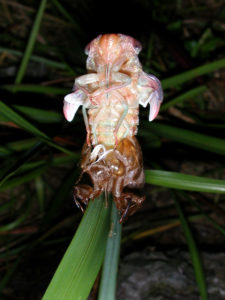
Wings start to expand:
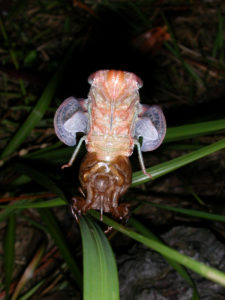
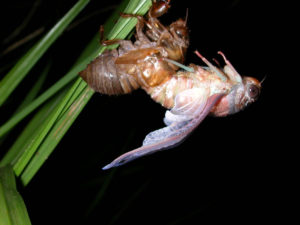
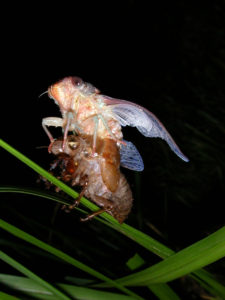
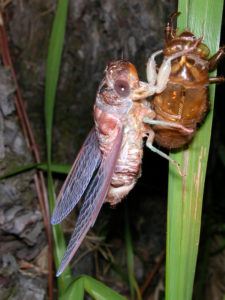
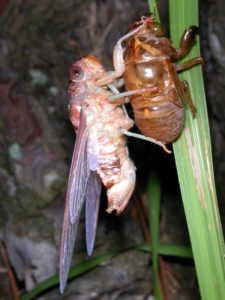
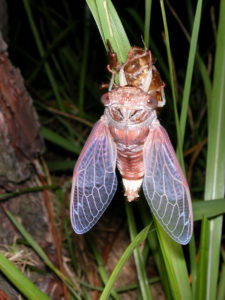
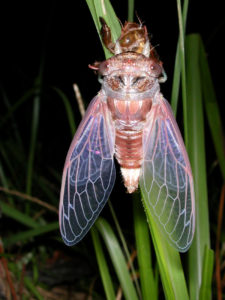
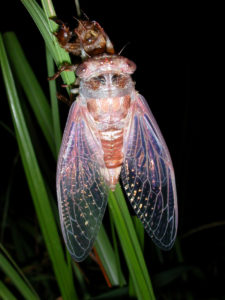
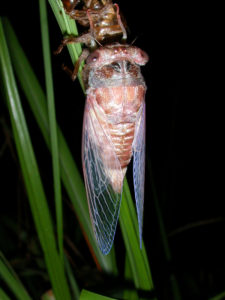
Orange Drummer (Thopha colorata) photos by Jodi from 2007. Australia.
Text for the photos from back in 2007: “Thanks to Jodi for allowing us to post some of her Orange Drummer (Thopha colorata) photos. Two today, two tomorrow! Apparently they’re hatching in droves in Central Australia.”
A molting Orange Drummer (Thopha colorata):
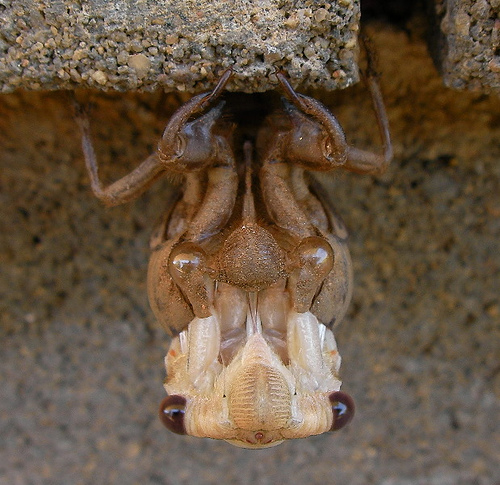
Orange Drummer (Thopha colorata):
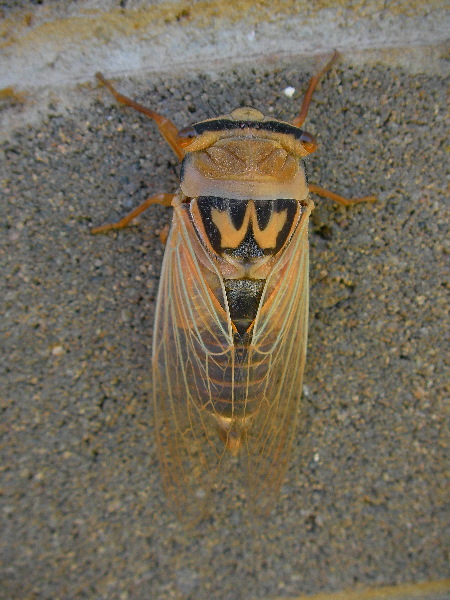
Teneral, recently molted Orange Drummer (Thopha colorata):
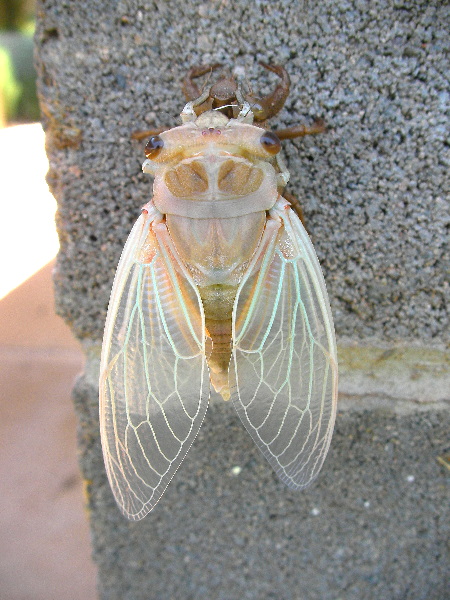
Teneral, recently molted Orange Drummer (Thopha colorata):
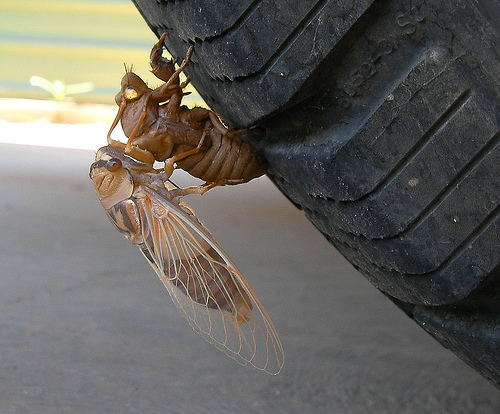
My Magicicada photos from 1996, Brood II. These were taken with disposable cameras and scanned in with a flatbed scanner also from the 1990s. They’re mostly from Metuchen NJ. Otherwise they’re from Westfield NJ.
At this point in time I was not as interested in cicadas as I am now. Back in 1996 they were more of a novelty, but over time my obsession grew.
Magicicada adults in a jar:
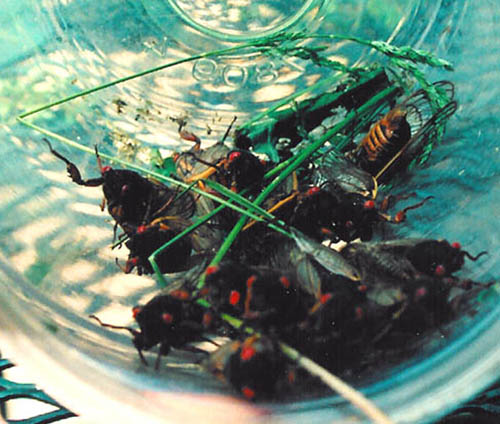
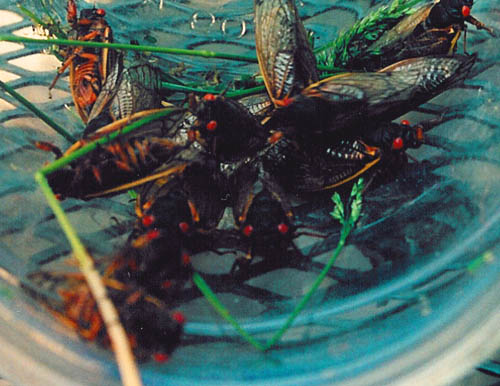
Magicicada exuvia in a jar:
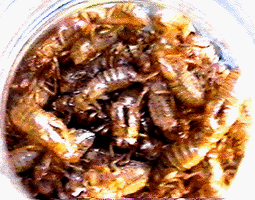
Scenes from a cicada wedding:
My friends David & Claire were married in an outdoor wedding ceremony in Westfield, NJ, at the peak of the Brood II emergence. No one freaked out — in fact everyone seemed to enjoy it, especially the kids.
The bride and groom, Claire and David:
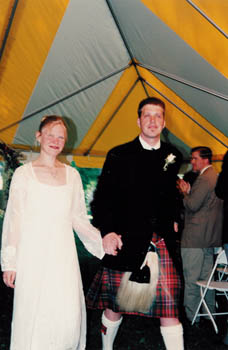
A cicada creeping up a wedding chair leg during the ceremony:
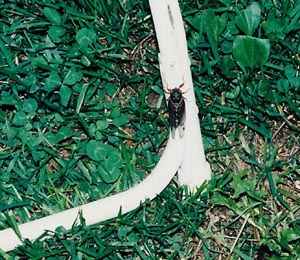
Video from the wedding:
I was even calling them “locusts” back then. Gee wiz.
My Magicicada Photos from 2004, Brood X. These were taken in Princeton, New Jersey, with a home video camera. Princeton is a “hot spot” for Brood X in New Jersey. They’re usually out during the Princeton University graduation ceremonies, which is a nuisance for both graduates & their families and for people who come to see the cicadas (and could care less about the graduates). Interestingly enough, the Princeton colors (orange & black) closely match the colors of the cicadas.
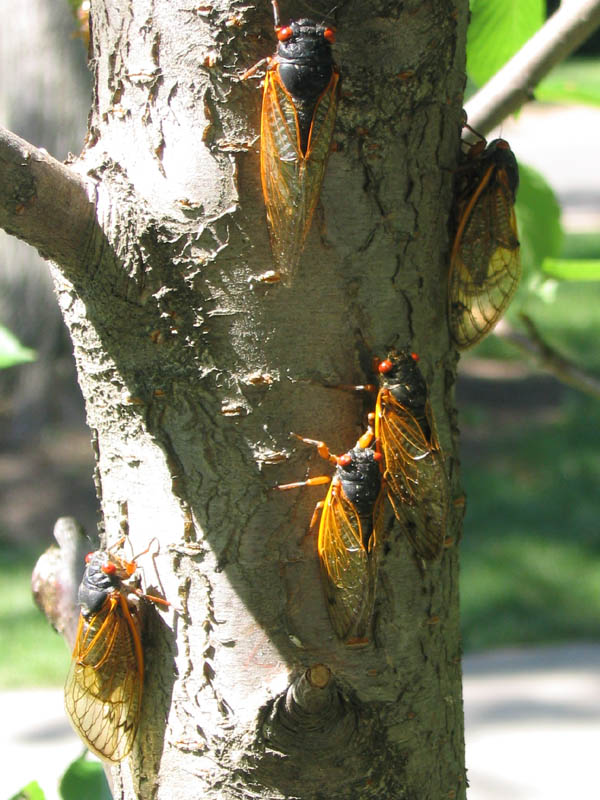
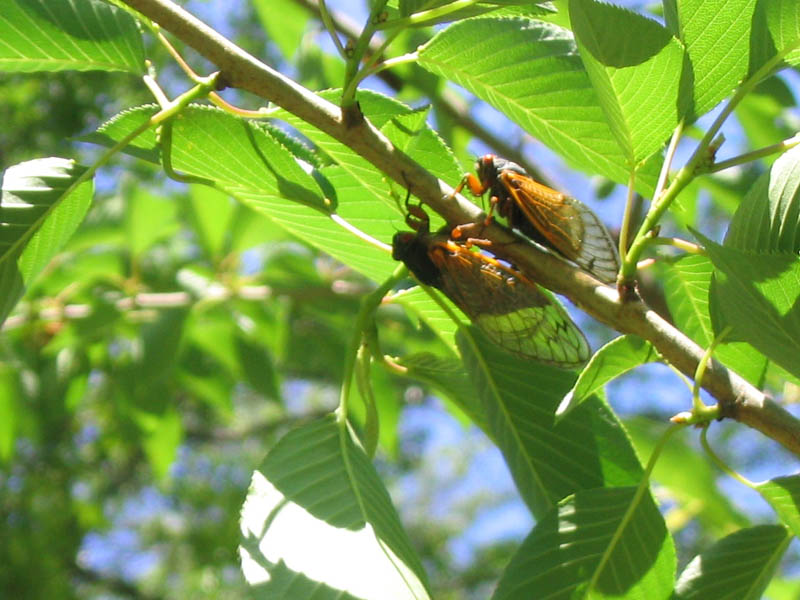

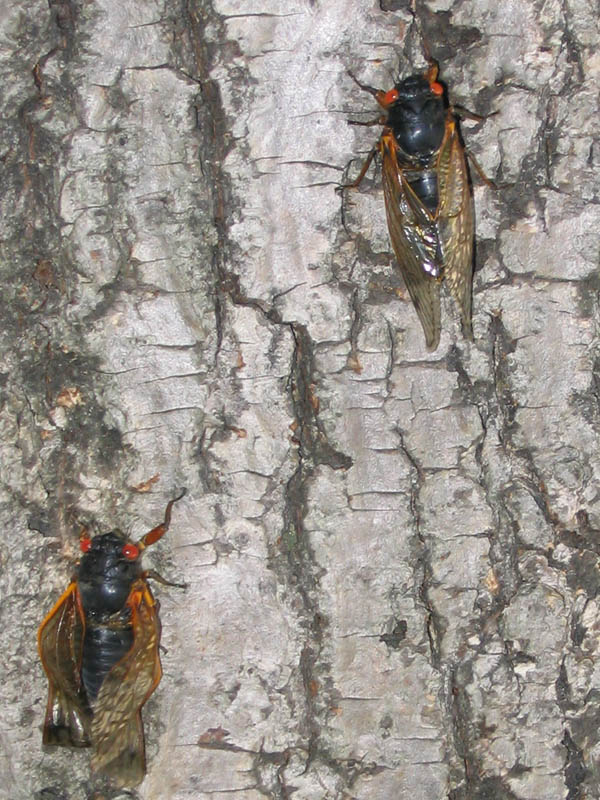
Vince’s cicada photos from 2004, the year of Brood X.
Most photos on this website are high resolution. These are not, but that is okay with me. I’m just happy that someone took the time to share their enjoyment of cicadas.
Vince’s Magicicada:
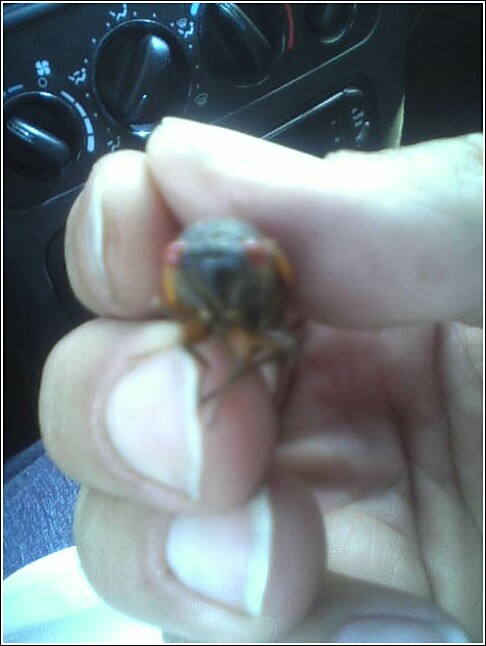
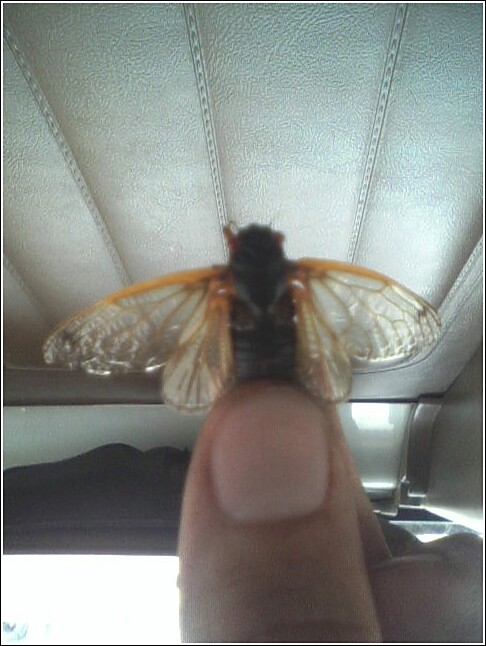
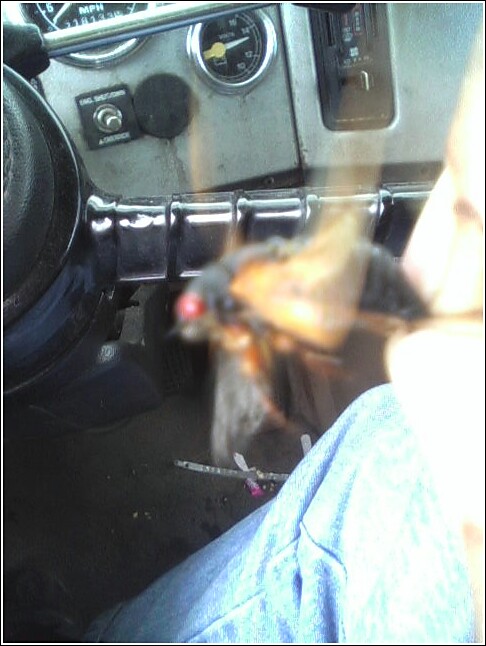
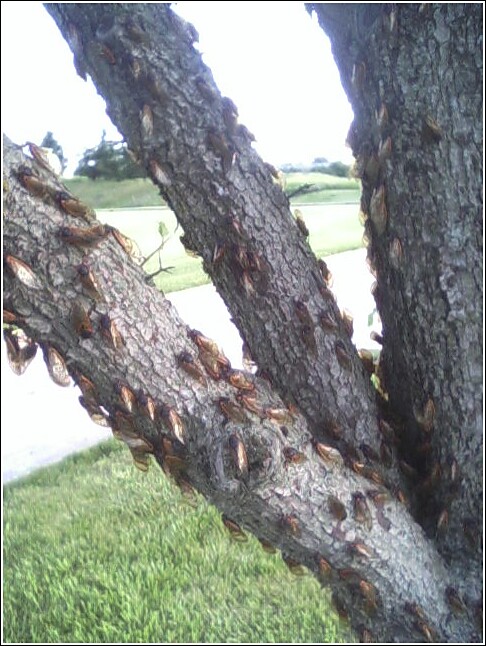
Cicada skin/exuvia:
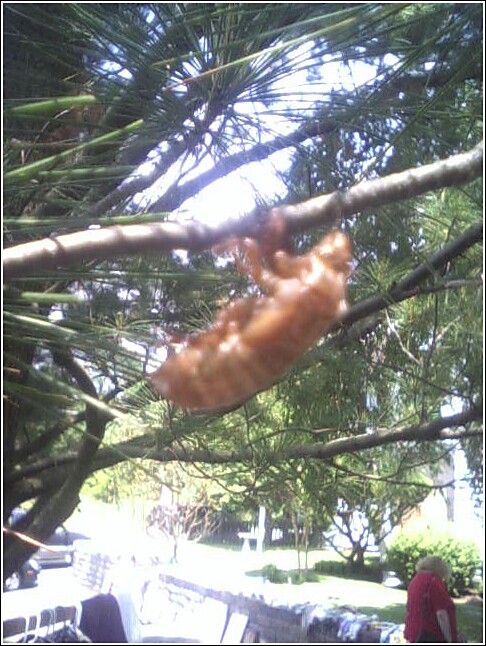
Neotibicen tibicen:
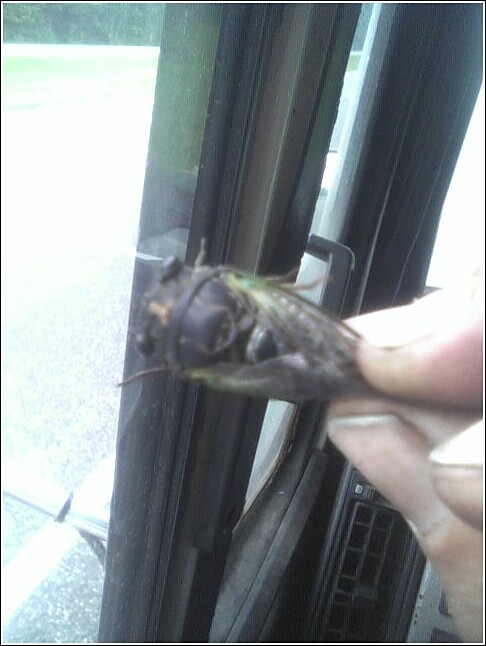
Wendy submitted this photo of a cicada taken this July in Kyrenia, Cyprus (yes, the island nation in the Mediterranean sea).
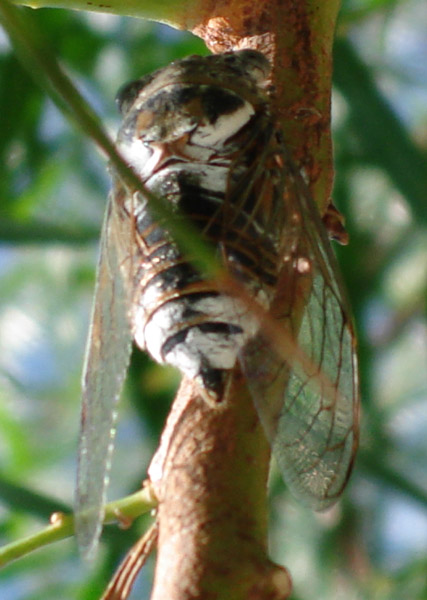
Dundubia vaginata (Fabricis, 1787) with a missing abdomen. The photo was taken in Malaysia. The photographer wishes to be anonymous.
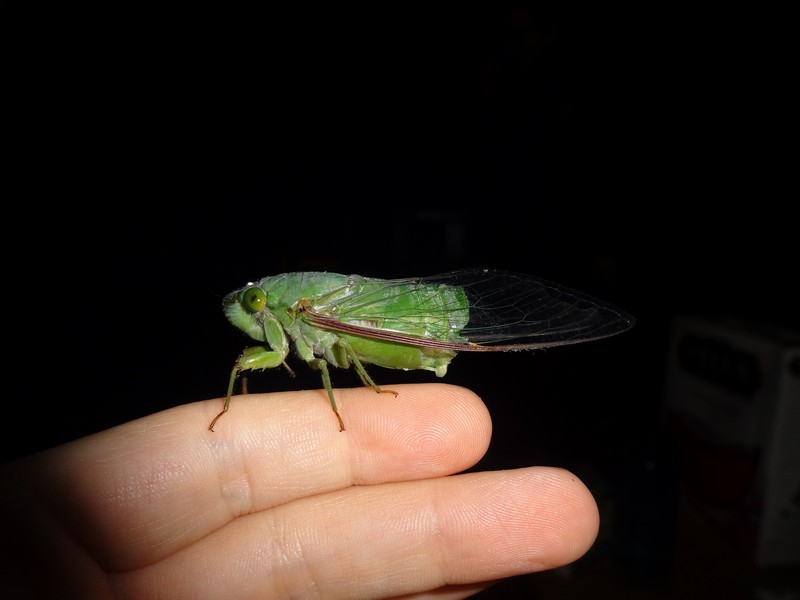
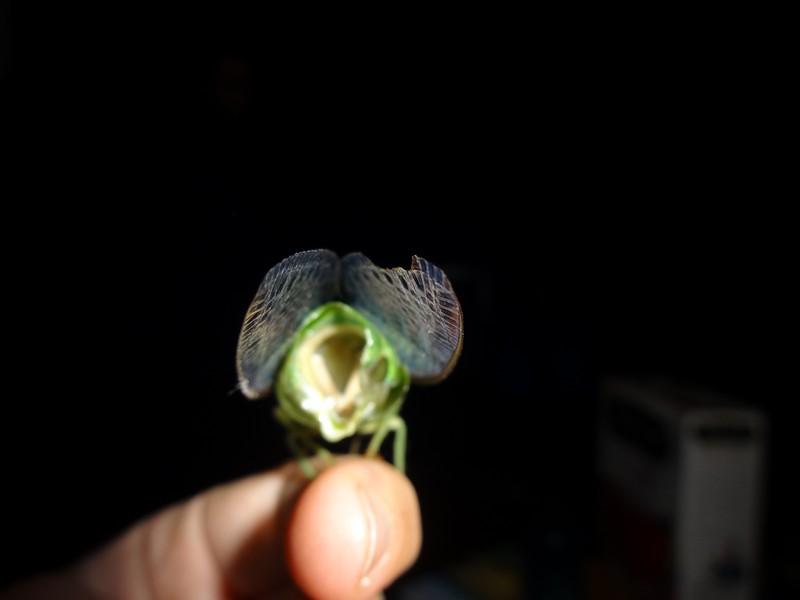
Photos of cicadas from Queensland, Australia by Lisa Morgan.
Australian cicadas found by Lisa Morgan’s kids in the Wet Tropics rainforest located in Far North Queensland, Australia, in the first week of January 2010.
Brown Bunyip?
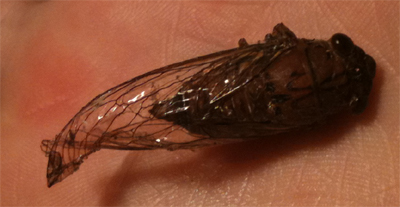
Psaltoda?

Brood X Magicicada photos by Jim Occi from 2004.
Magicicadas mating:
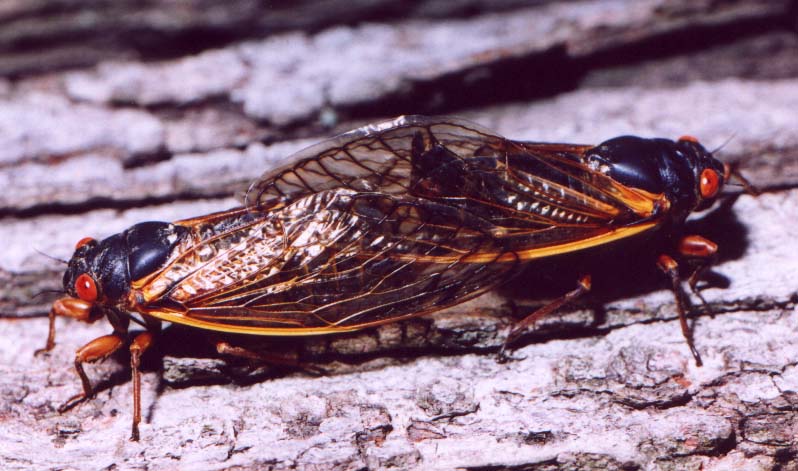
Adult Magicicada
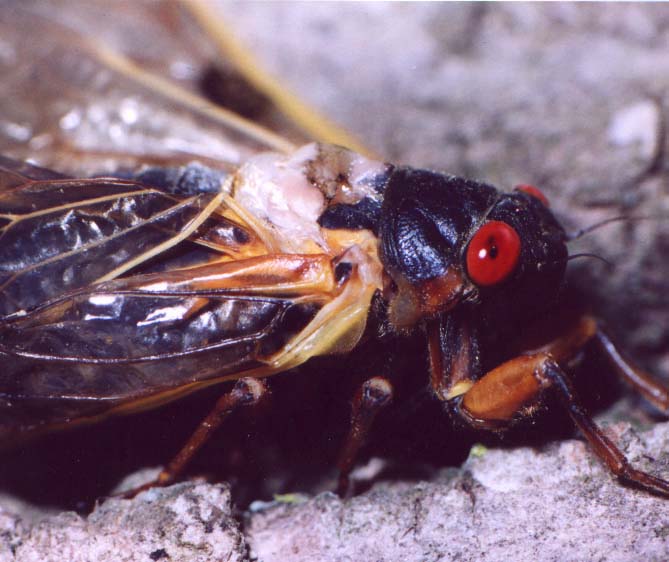
Teneral Magicicada
